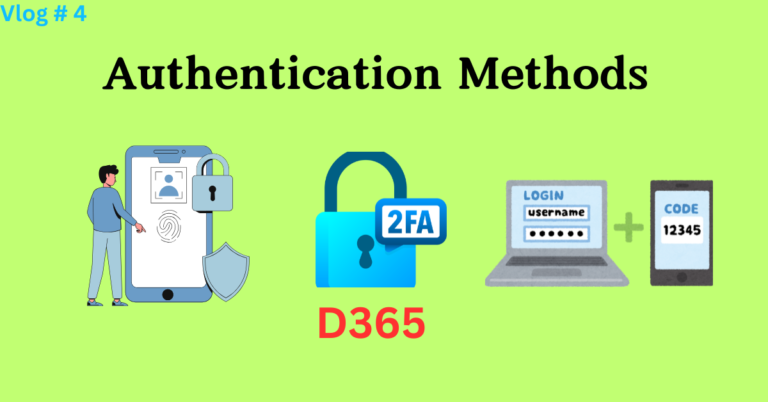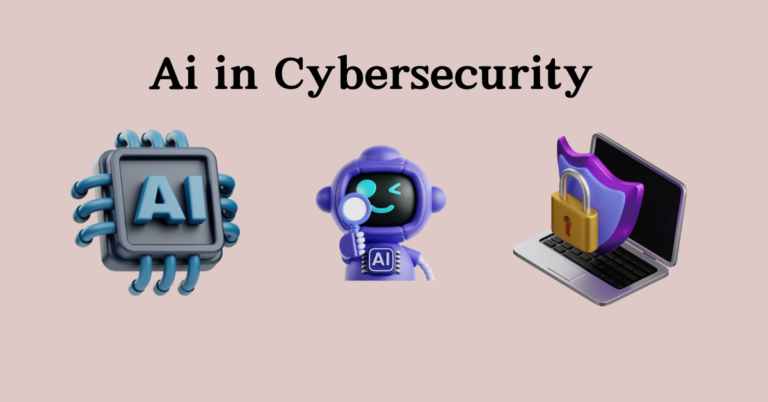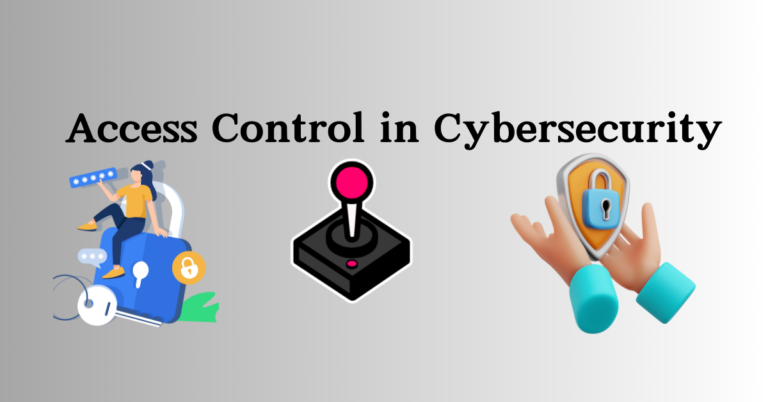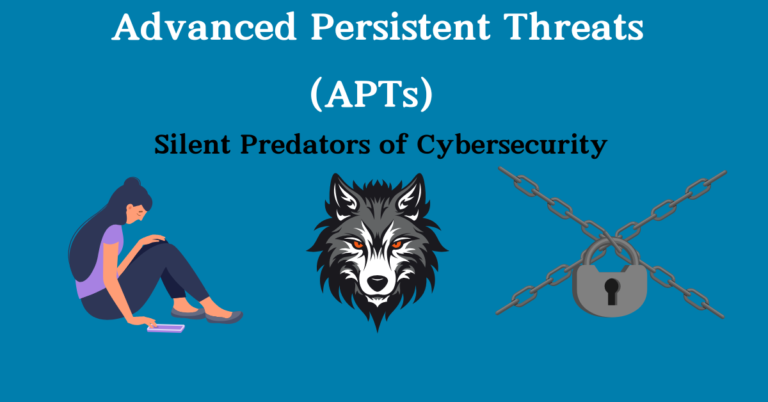
When we talk about Advanced Persistent Threats (APTs) in cybersecurity, think of them as the “silent predators” of the digital world. They’re sophisticated, persistent, and designed to infiltrate systems, remain undetected, and steal valuable information over time. In today’s lesson, we’ll break this concept down step-by-step, like a teacher explaining in a classroom, ensuring clarity and real-world understanding.
What Are Advanced Persistent Threats (APTs)?
Imagine you’re guarding a treasure chest, and someone sneaks in, hides, and slowly takes your gold without alerting you. That’s how APTs operate. They’re not like traditional attacks that make a lot of noise (like ransomware); instead, they are stealthy and long-term. Let’s simplify it:
- Advanced: Attackers use sophisticated tools and techniques to bypass security systems.
- Persistent: They maintain long-term access to the network without being detected.
- Threat: The goal is often espionage, intellectual property theft, or sabotaging systems.
Example: Imagine a hacker group targets a government’s database to extract classified information over months, all while staying undetected. That’s a classic APT attack.
Why Are APTs Dangerous?
APTs are not your average cyberattacks. Here’s why they’re so dangerous:
- Stealthy Operations:
- They’re designed to stay hidden. Attackers often use legitimate credentials to blend in with normal network activity.
- They’re designed to stay hidden. Attackers often use legitimate credentials to blend in with normal network activity.
- Custom Tools:
- APTs often use tools specifically built for a target, making them harder to detect than traditional defenses.
- APTs often use tools specifically built for a target, making them harder to detect than traditional defenses.
- High Impact:
- APTs target sensitive data, such as intellectual property, financial information, or government secrets.
- APTs target sensitive data, such as intellectual property, financial information, or government secrets.
- Prolonged Exposure:
- They’re persistent, meaning they can stay in a system for months or even years.
Real-World Example: The SolarWinds Attack: In 2020, attackers compromised the SolarWinds software, allowing them to infiltrate multiple government agencies and corporations globally.
Tools Used by APT Attackers
APTs often involve a combination of techniques and tools to achieve their goals. Here are some commonly used tools and methods:
- Phishing Emails:
- Attackers send legitimate-looking emails to trick employees into clicking malicious links.
- Example Tool: Gophish (used for simulating phishing attacks).
- Exploitation Kits:
- Used to exploit software vulnerabilities.
- Example Tool: Metasploit Framework.
- Malware:
- Custom malware is deployed to gain access to systems.
- Example Tool: Cobalt Strike (often misused by attackers).
- Command and Control (C2) Servers:
- Allow attackers to communicate with the compromised network.
- Example Tool: Covenant C2.
- Credential Dumping Tools:
- Used to extract usernames and passwords.
- Example Tool: Mimikatz.
- Network Sniffers:
- Monitor network traffic to gather sensitive information.
Example Tool: Wireshark.
How to Detect and Mitigate Advanced Persistent Threats
Let’s learn how to detect and stop APTs with a practical approach:
1: Set Up a Defense-In-Depth Strategy
- Use multiple layers of security, such as firewalls, intrusion detection systems (IDS), and endpoint protection tools.
- Example: Deploy Snort as an IDS to detect unusual network activity.
2: Conduct Regular Vulnerability Assessments
- Identify and patch vulnerabilities before attackers exploit them.
- Tools: Nessus or OpenVAS.
3: Monitor Network Traffic
- Use tools like Wireshark or Zeek to analyze network traffic for suspicious activity.
- Example: Look for unusual data exfiltration patterns or communication with unknown IPs.
4: Implement Endpoint Detection and Response (EDR)
- Use tools like CrowdStrike Falcon or Carbon Black to monitor and protect endpoints.
- These tools can detect and quarantine malicious files or processes.
5: Educate Employees
- Conduct regular security awareness training to prevent phishing attacks.
- Example: Simulate phishing campaigns using tools like KnowBe4.
6: Threat Hunting
- Proactively search for signs of an APT using advanced tools like Splunk or Elastic Security.
- Example: Check for unusual user behavior or file access patterns.
7: Incident Response Plan
- Have a detailed plan in place for detecting, isolating, and removing APTs.
- Example: Use Cyber Kill Chain methodology to understand and mitigate attack stages.
Tips to Stay Protected from APTs
- Zero Trust Architecture:
- Never trust, always verify. Limit access based on roles and permissions.
- Never trust, always verify. Limit access based on roles and permissions.
- Multi-Factor Authentication (MFA):
- Use MFA for all critical systems to prevent unauthorized access.
- Use MFA for all critical systems to prevent unauthorized access.
- Keep Software Updated:
- Regularly patch vulnerabilities in software and systems.
- Regularly patch vulnerabilities in software and systems.
- Threat Intelligence:
- Use services like FireEye or Recorded Future to stay informed about emerging APT techniques.
- Use services like FireEye or Recorded Future to stay informed about emerging APT techniques.
- Backup Critical Data:
- Regularly back up data to prevent loss during an attack.
Conclusion
Advanced Persistent Threats are among the most dangerous challenges in cybersecurity. They require a proactive, layered defense strategy, leveraging the right tools and techniques. By understanding how APTs operate and implementing the methods we’ve discussed, organizations can significantly reduce their risk.
Remember, in the digital battlefield, awareness is your strongest ally. Equip yourself with knowledge, tools, and vigilance to stay ahead of the predators.
Read about Access Control in Cybersecurity






1 thought on “Advanced Persistent Threats (APTs)”